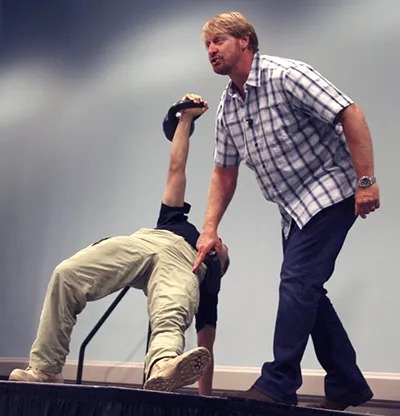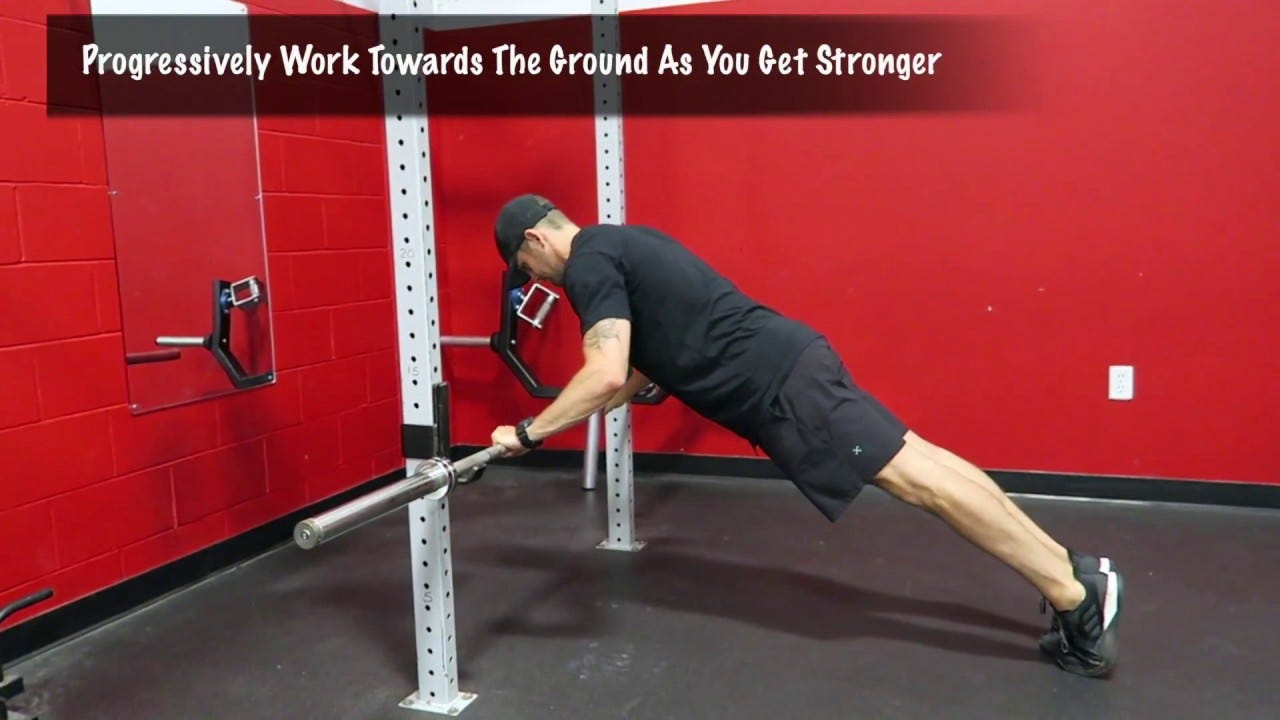
Clark (1995) posited that skillfulness is the impetus to a nation of physically active people. I would suggest that skillfulness alone is shortsighted. I would like to explore this concept more deeply.
A skill is an activity or task that has a specific goal (Magill, 2011). Magill also made it clear that skills and movements are different. Magill (2011) stated that movements are the behavioral characteristics of the head body and limbs. He also told us that people could move in different ways to achieve the same action goal. If we agree that physical activity is performed to improve health, we must also consider movement quality as an integral component of physical activity.

Push-ups are an appropriate example. The goal of a push-up is to push the body away from the floor from a prone starting point. It is also a physical activity used to promote health. However, how a person performs a push-up also affects health. A push-up can strengthen muscles and burn calories like other exercises. However, people can, and do, irritate their lower backs and shoulders during this movement (i.e., elevated and winged shoulders, lumbar sag in the low back). When this happens, it stands to reason their health becomes negatively affected, not because of their skillfulness, but rather because of how they moved to achieve the action goal.
In conclusion, I believe movement quality and skillfulness should co-exist in physically active individuals in order to foster long lasting improvements in health.
References
Clark, J.E. (1995). On Becoming Skillful: Patterns and constraints. Research Quarterly for Exercise and Sport, 66(3), 173-183.
Magill, R. A. (2011). Motor learning and control: Concepts and applications (9th ed.). New York: McGraw-Hill.
-Michael McIsaac
